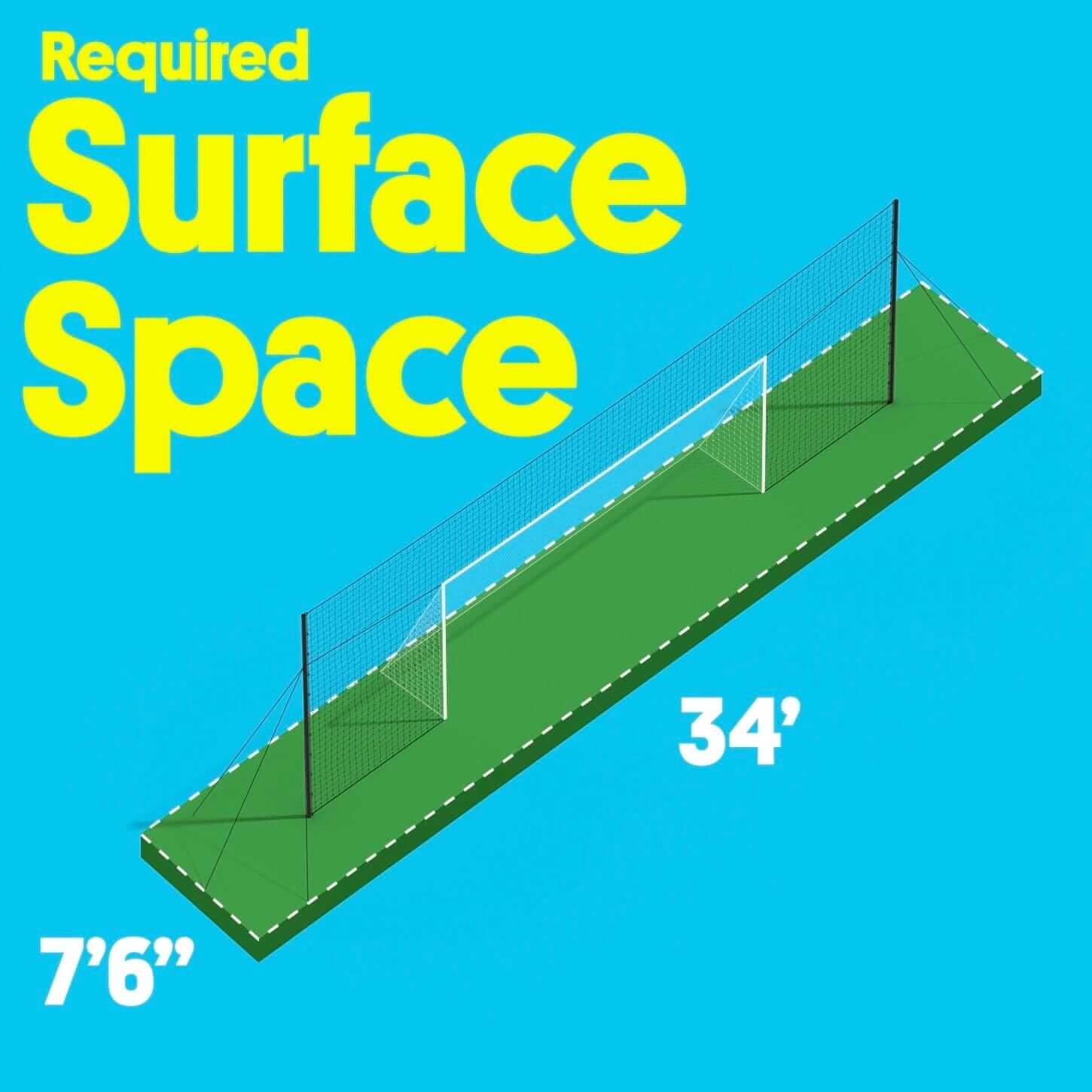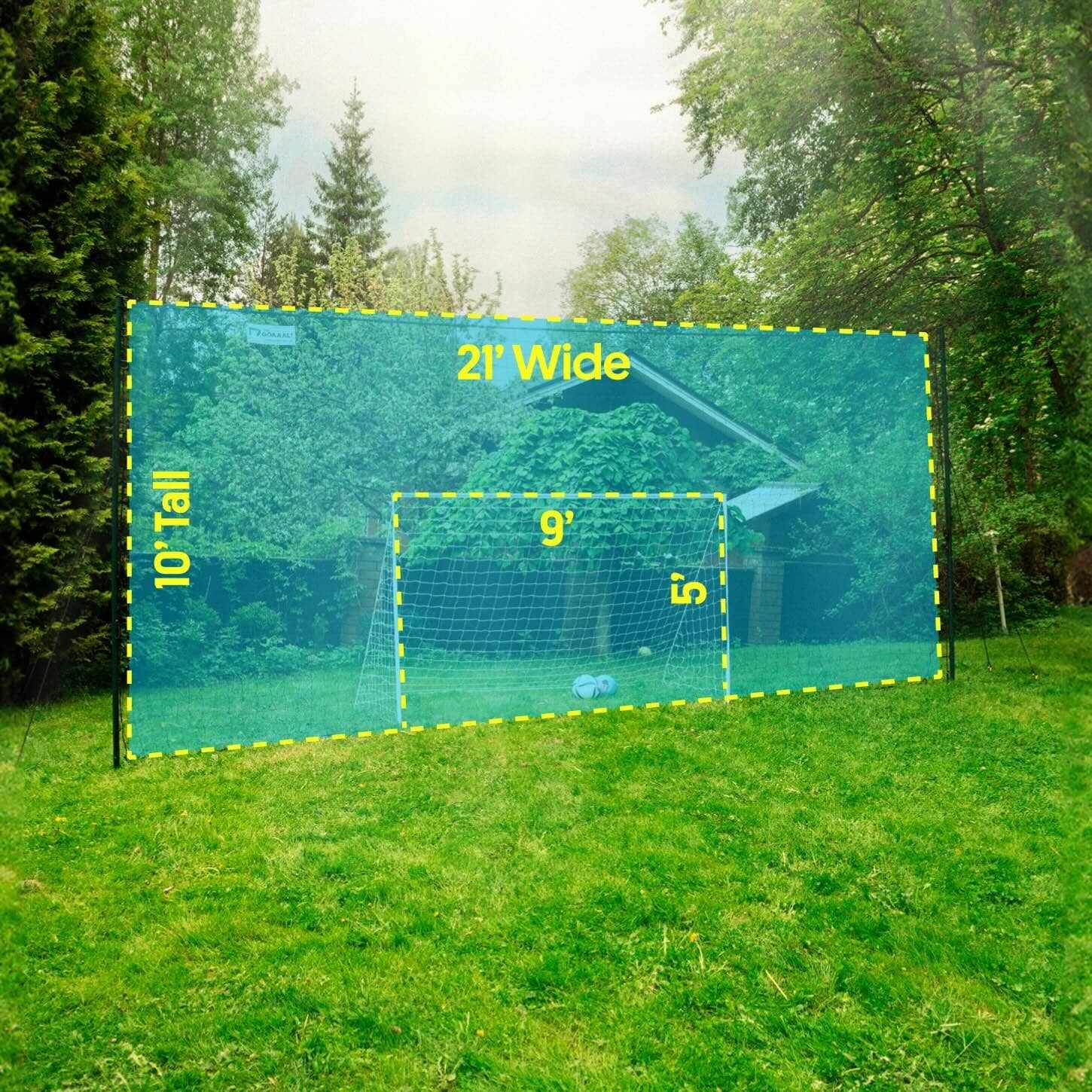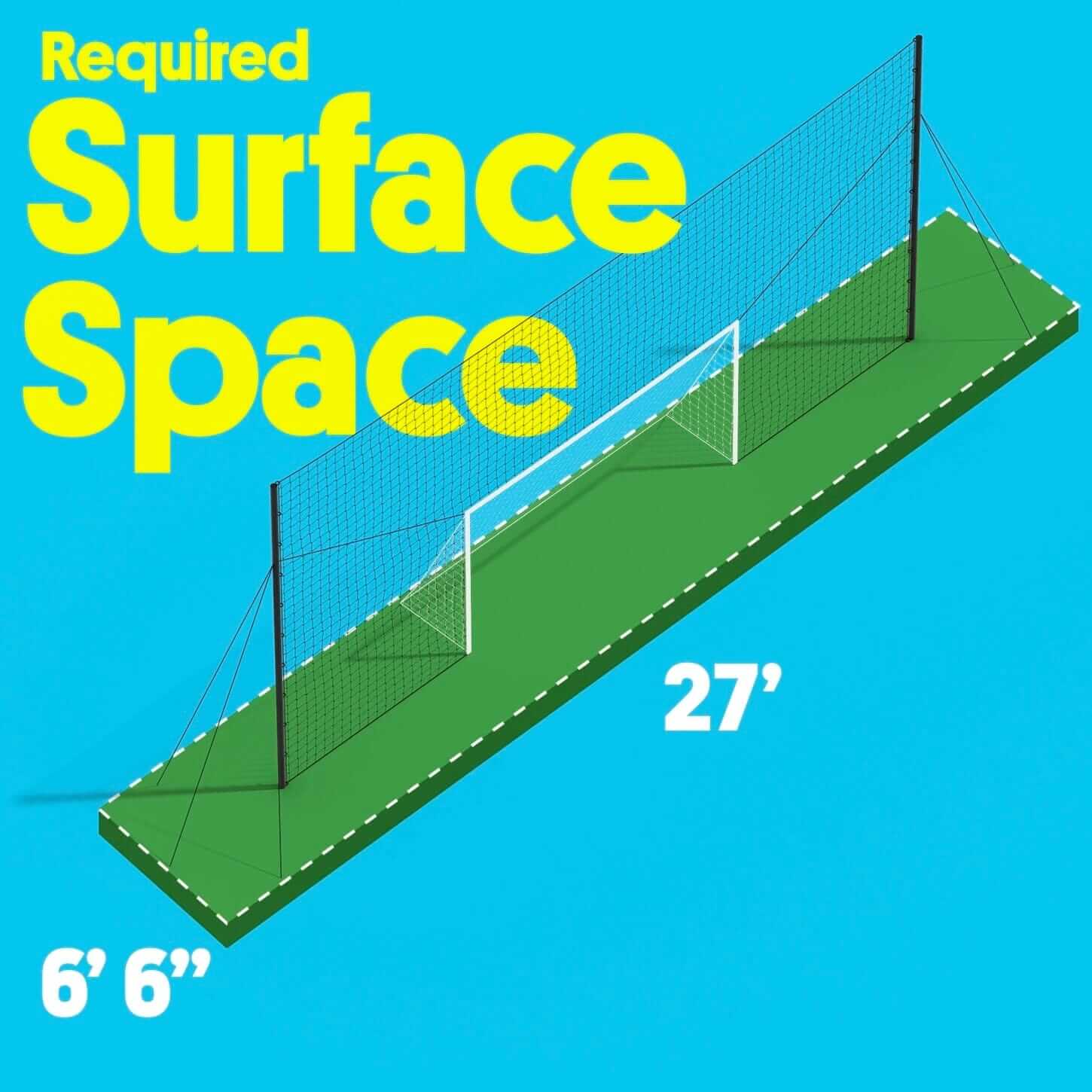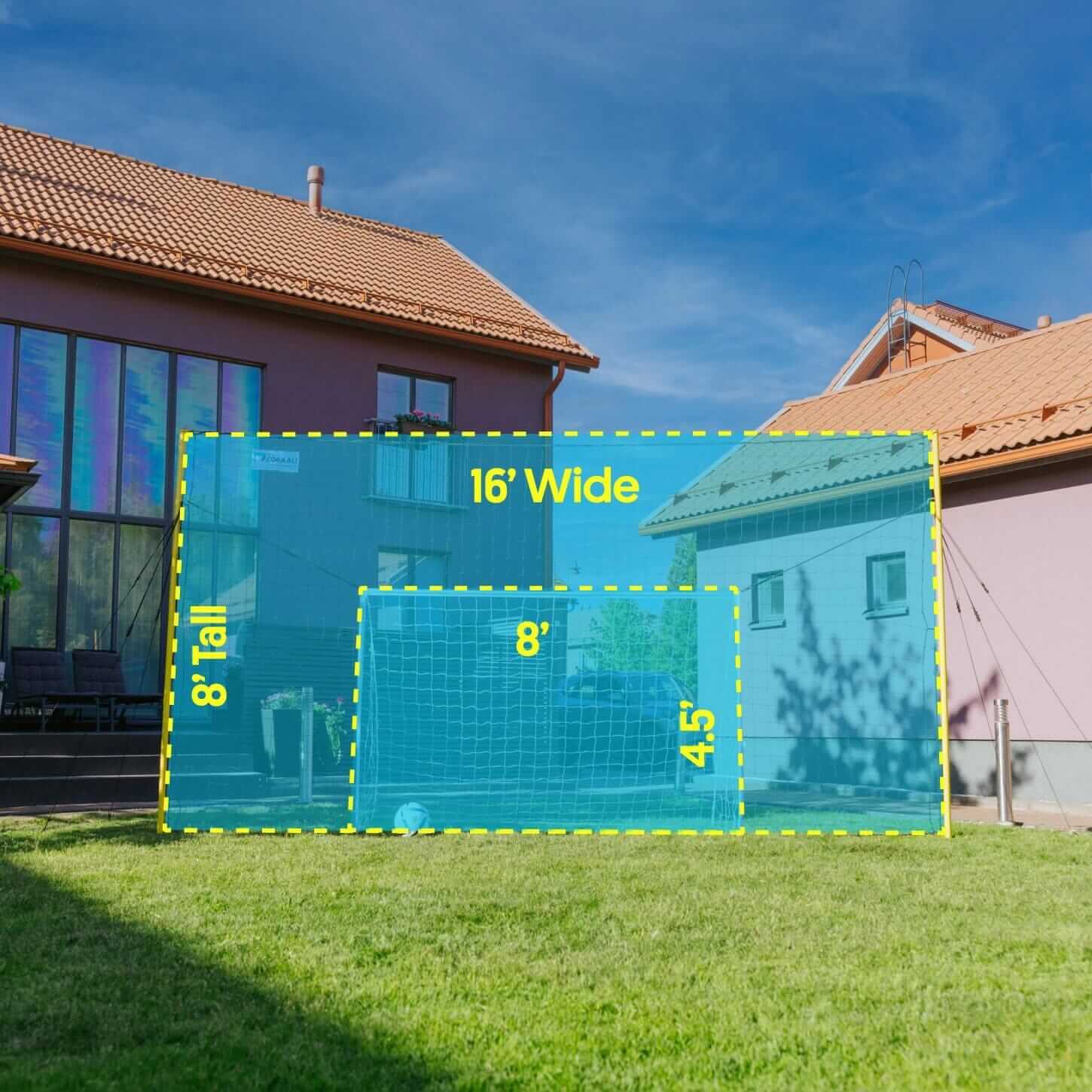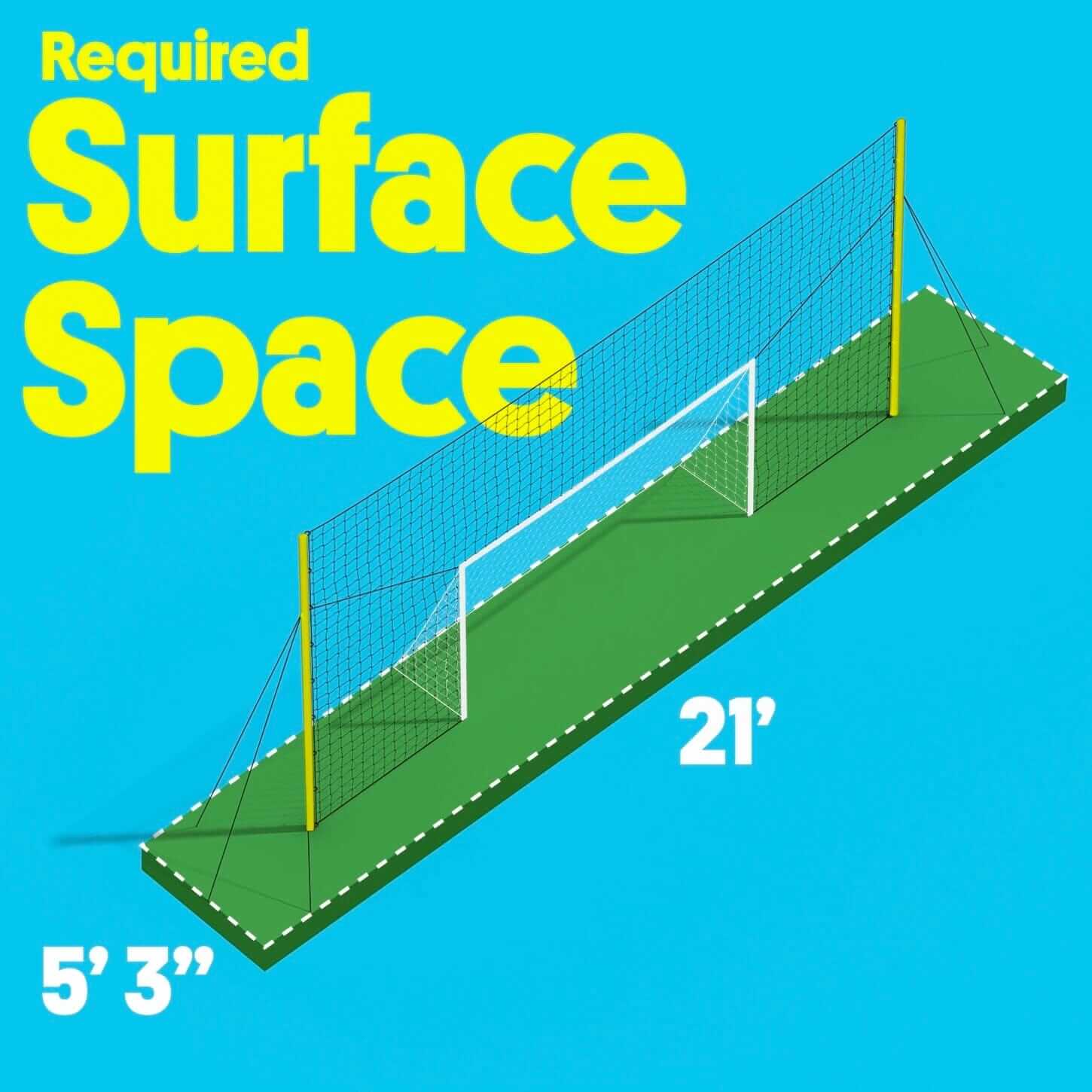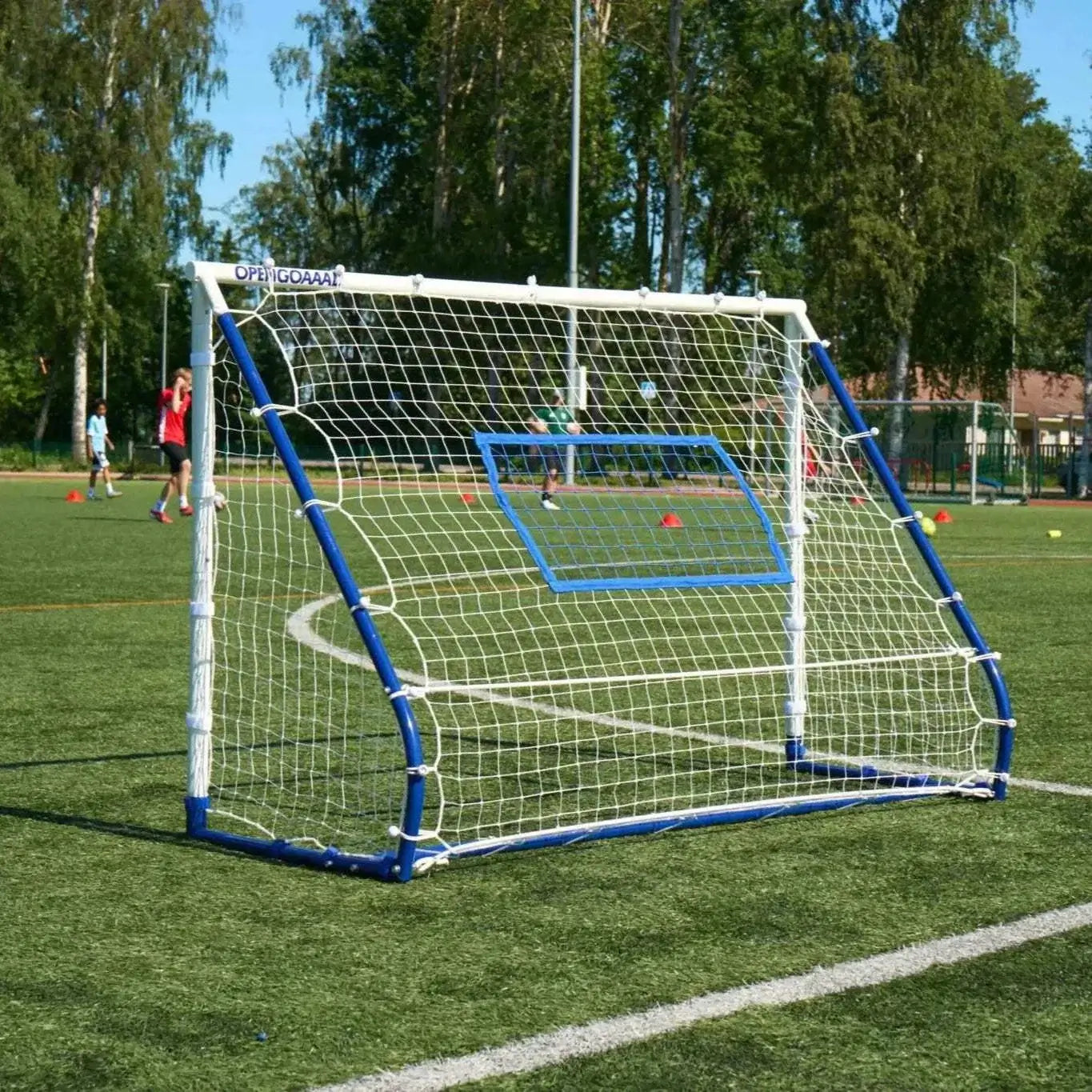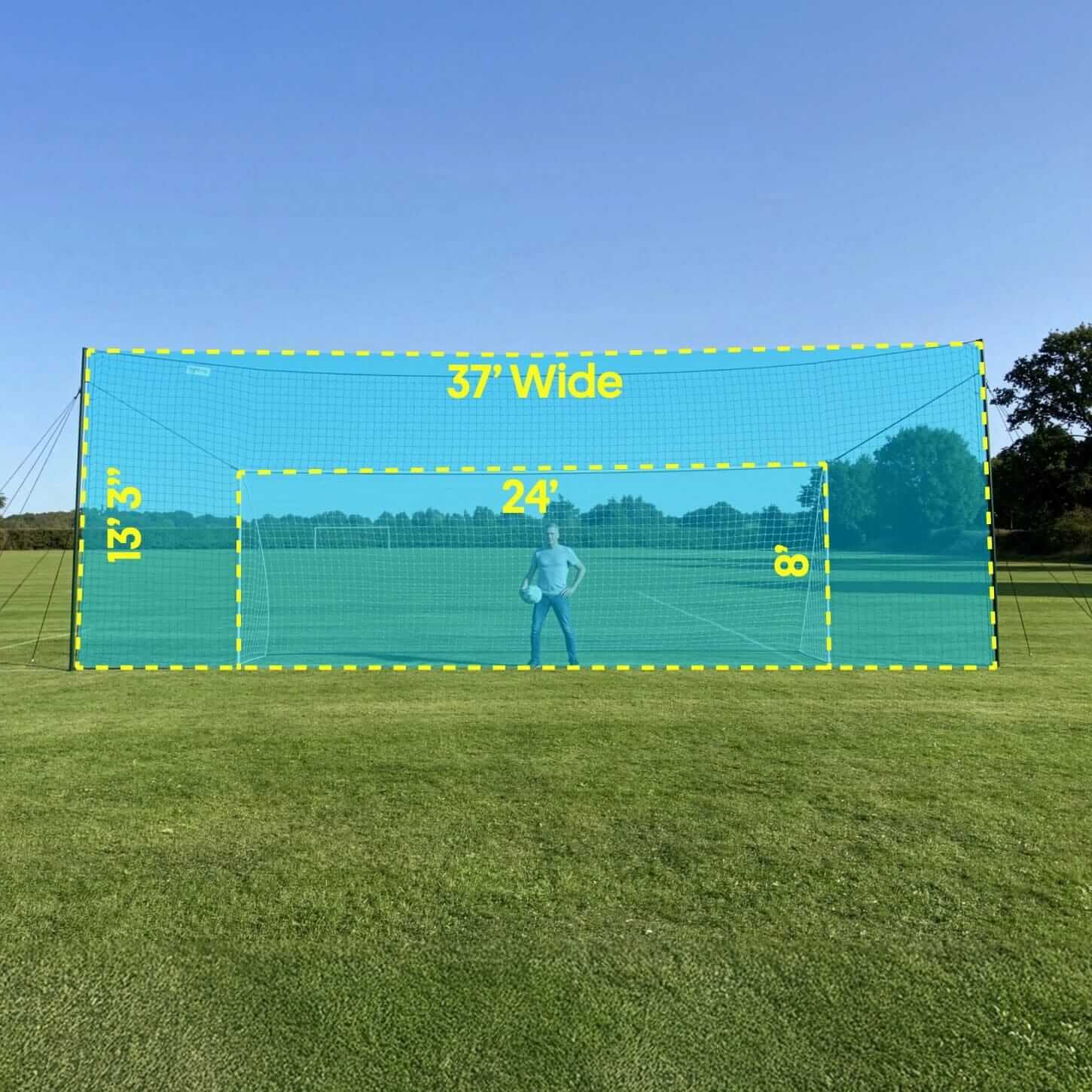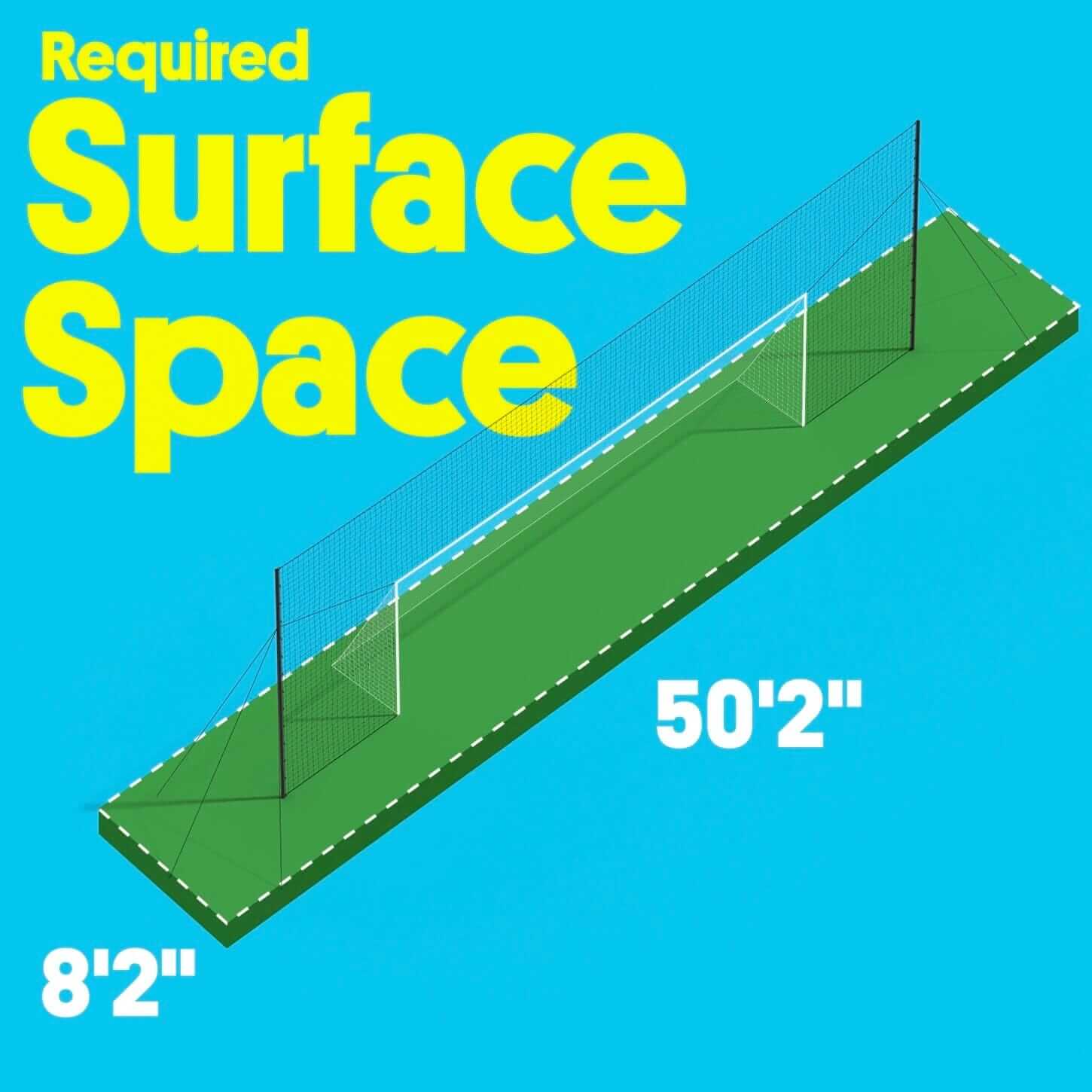If you have spent time watching professional soccer, you will hear a commentator remark about players' caps. If you do not understand what a cap is in soccer, you may be confused about what it means.
It is a common misconception that a cap meaning in soccer refers to the number of times a player captains their team, which is false. The cap soccer meaning is likely different than you expect.
What Are Caps in Soccer?
Caps in soccer describe the number of international games a player has participated in. The term cap originated in England, where soccer players were given an actual cap to show their involvement in an international game.
While soccer players do not receive an actual cap today, the term cap in soccer is still used to demonstrate their involvement in the game, such as in the World Cup 2022. If a soccer player has 20 caps, they have participated in 20 international soccer matches to represent their country.
The concept of a cap in soccer seems straightforward, but it can become tricky for international players who play for multiple countries. Some of the most capped soccer players include Sergio Ramos of Spain, Soh Chin Ann of Malaysia, and Carli Lloyd of the United States.

How Do You Earn a Cap in Soccer?
To earn a cap in soccer, you must be one of the best players in the country you play for and get attention from your country. Players must maintain good form, not have any injuries, and perform to their best ability during national team caps. Then players can be chosen as one of the eleven best soccer players from the national pool for a game.
A typical process is usually followed to earn a cap in soccer. Usually, players are identified from a young age as a prospect within a country’s pool of international players. Then, players must play real games for their club against the opposition, not just scrimmages or practices.
Soccer players' performance must get the attention of the national team’s scouts and coaches to be considered to play in an international game. Then, a player must keep the attention on them and continue to impress multiple youth national champions and represents their country at youth levels.
As players mature in their skills and ability, they will eventually be called to the senior national team. Finally, players must prove during practice that they are the best soccer players and deserve a starting spot. Once you get the starting spot and play in the international game, a cap is earned.

What Games Earn Soccer Players a Cap?
- Multiple games can earn soccer players a cap. These games include:
- Olympic soccer international matches
- Olympic qualifying international matches
- FIFA World Cup Matches
- International friendly matches
- Continental competitions
- Games to qualify for the World Cup
What Is the History of a Cap in Soccer?
Since playing for your national team is considered a huge statement of a player’s abilities and an incredible honor, it was decided that a player should have something to show for their success.
In 1886 in England, the first honorary secretary of the Football Association (soccer), N.L. Jackson said all soccer players making an international appearance for England should be awarded a cap.
That proposal was accepted, and all players for England earned a cap for representing their country in an international game. Once soccer became popular in more places other than England, awarding a cap to players became a common practice.
Today, awarding a physical cap to players only happens if they have achieved a significant milestone in their appearances. A player might receive a cap today for making 50 or 100 appearances for their national team. It is rare for a player to receive a physical cap at this point, unless it is for 100th cap or more.

Can Players Who Enter the Game as a Substitute Earn a Cap?
Players who enter an international game as a substitute can earn a cap for participating on the soccer field. Whether a player has played in the soccer game from beginning to end or substituted for the last few seconds, every player who has played in the game will earn a commemorative cap.
For example, Cristiano Ronaldo came on as a substitute for Portugal in the second half of their World Cup quarter-final against Morocco, earning a cap.
Can you earn caps for multiple countries?
You can earn international soccer caps for multiple countries, but it is complicated. First, you must understand that players can be “cap-tied,” meaning they have represented their country in a meaningful soccer game.
According to section 5.2 of the Association Football rulebook, any player who has already participated in a match in an official competition of any category or any type of football for one association may not play an international game for a representative team of another association.
As things have changed over time, FIFA introduced new ways for players to play for a different country. An example of how the world has changed is that the geopolitical landscape of the world has shifted, where the Soviet Union has been dissolved and Yugoslavia has separated into two different countries.
FIFA, which stands for the International Association Football Federation, came up with a way where players who have represented the Soviet Union or Yugoslavia can play for the country of their heritage.
Another example is a player like Jonathan Gonzalez, who represented the USA at the youth level but switched to Mexico due to his heritage before making it to the senior international level.
It is rare for players to earn caps for multiple countries, but it can be done. Dual nationals can be played for players whose ancestries allow them to be eligible to play for various countries. An example of this is Yunus Musah, as he is eligible to play for Italy, Ghana, the United States, and England.
He has represented the United States in a senior match, but it was a friendly match, so he wasn’t cap-tied. He would have to make a one-time switch to switch to another country, which cannot be done again due to FIFA’s rules.

FAQs
These are some frequently asked questions regarding caps in soccer.
Who has the most caps for men’s soccer?
FIFA currently recognizes 509 male soccer players who have earned over 100 caps for representing their country in an international game. However, these are the top three male soccer players to earn multiple international caps.
1. Ahmed Hassan
Ahmed Hassan is a soccer player for Egypt who has earned 184 caps. He holds the record for the most caps held by an international male soccer player.
He has spent most of his soccer career playing as an attacking midfielder. He earned these caps throughout 16 years and 145 days between 1995 and 2012.
2. Mohamed Al-Deaye
Mohamed Al-Deaye is a Saudi Arabian goalkeeper who has earned 178 caps. He holds a second place next to Ahmed Hassan. Mohamed Al-Deaye played between April 1993 and May 2006, earning his international caps through a 13-year and 32-day period.
3. Claudio Suarez
Claudio Suarez comes in third place for holding 177 caps. He played as a defender for Mexico from July 1992 to June 2006. He has earned his caps over a 13-year and 310-day period.
Who has the most caps for women’s soccer?
There are currently 342 female soccer players who have earned 100 caps or more for their country in an international game. These top three female soccer players have earned the most caps.
1. Kristine Lilly
Kristine Lilly is an American female soccer player who has earned 354 caps. She played for the United States between August 1987 and November 2010, earning 354 caps in about 23 years and 2 months.
2. Christie Pearce
Christie Pearce holds second place for the most capped female soccer player, earning 311 caps. Christie Pearce mainly played as a defender for the United States. She earned 311 caps, with the first cap beginning in February 1997 and the last cap in September 2015.
3. Christine Sinclair
Christine Sinclair is a Canadian soccer player who has earned 296 caps. She earned her caps between March 2000 and March 2020.
What do 300 caps in soccer mean?
300 caps in soccer mean that a player has earned 300 caps throughout a period for competing in an international game. While a singular player can earn 300 caps, your team can also be described as having a combination of 300 caps. International teams with a variety of 300 caps mean they are very experienced, and all players have played in many international games.
Conclusion
Understanding what a cap is in soccer can be confusing, but an international soccer cap is easy to understand once you know the basics.

While caps are essential for players to recognize their achievements, there are other ways to measure their talent or skill. Using the 3-in-1 trainer can help you improve your soccer skills by keeping the ball in play and rebounding it back to you each time you miss a goal.
Check out our 3-in-1 trainers with Opengoaaal today!






